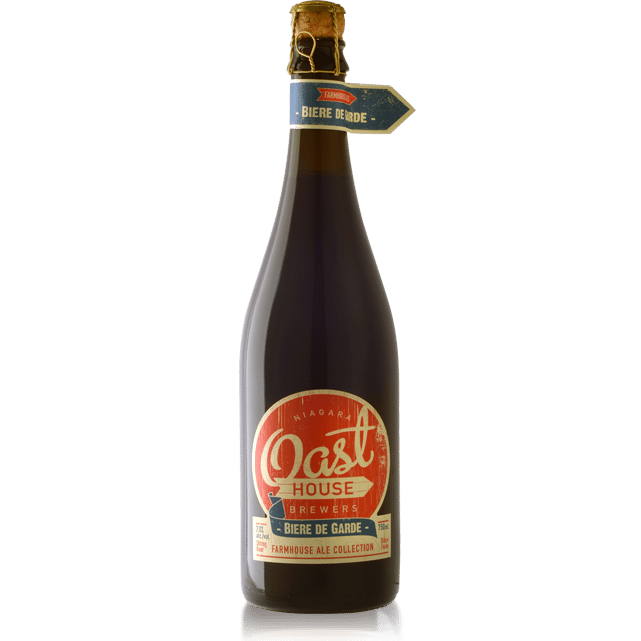Bière de Garde
While France is rightly renowned for its robust wine culture, it also has a rich but lesser known history of brewing beer. Bière de garde, loosely translated to mean beer for keeping, is recognized as France’s contribution to specialty brewing, originating in farmhouse breweries that once populated French Flanders, an area now encompassing the French sub-regions du Nord and Pas-de-Calais and the Belgian province Hainaut.
The BJCP defines a modern bière de garde as a reasonably strong, malt-accentuated, lagered artisanal beer with a range of malt flavors appropriate for the color. All are malty yet dry, with clean flavors and a smooth character.Modern versions of bière de garde can be blond, amber or dark, though classic examples are a deep copper color with just enough hop presence to support malt and an alcohol content between 6-8%.
History of Bière de Garde
Historical bière de garde was likely around 3-4%, a refreshing beverage originally brewed to quench the thirst of farmhands and field workers in French Flanders. The tradition of brewing bière de garde is well established, passed down primarily through oral history, with relatively little in the way of written historical documentation.
The first known written reference to this beer style was in 1880, where author L. Figuier describes bière de garde de Lille, as beer that has been barrel-aged for 6 to 8 months, having a vinous, oxidized flavor from cask and sourness from secondary lactic fermentation. In a 1905 publication, British brewing scientist R.E. Evans refers to this “old beer” as a popular drink in Lille and other large towns, describing the beer as “purposely allowed to become acid and at the same time acquiring a vinous flavor. He goes on to explain that it was stored in vats for 6 months and sometimes blended with new beer.
Traditionally, farmhouse brewers made lower gravity brews for immediate consumption and toward the end of the season, stronger beers more appropriate for long-term storage. As refrigeration became commonplace in smaller breweries, the practice of seasonal brewing was no longer necessary. Lighter beer became increasingly popular in France, replacing richer, darker farmhouse ales and bière de garde faded away.
French Specialty Brewing
Bière de garde became the focus of French specialty brewing in the 1970s. Brasserie Duyck’s Jenlain Bière de Garde is widely credited as the archetypal example of the modern bière de garde style. In the 1950s it emerged as the first widely available version and first to be packaged with a champagne-style bottle. Two decades later, Jenlain rose out of obscurity to cult beer status, in large part due to its popularity among college students in the town of Lille.
Modern Biere de Garde
French brewers tend to associate beer styles with a particular region or trend, rather than a specific set of rules. Contemporary brewers tend to ferment modern bière de garde at lower temperatures (much like a kolsch) to suppress ester formation for a cleaner flavour. The modern dark, malty beer bears little resemblance to the historical sour bière de garde of Lille.
Some members of the brewing community are skeptical of bière de garde’s historical ties, suggesting that it’s marketing an appealing narrative, while disregarding the stylistic accuracy. Despite questions surrounding the depth of its connections to historical French farmhouse ales, bière de garde has undoubtedly emerged as a distinct style as a specialty beer. For a great local brew, try the bottle-conditioned bière de garde from Oast House – it’s even better after it’s been cellared for a couple of years.
(Leah is a Toronto based freelance writer as well as Head Beer Weenie and a server at C’est What)


